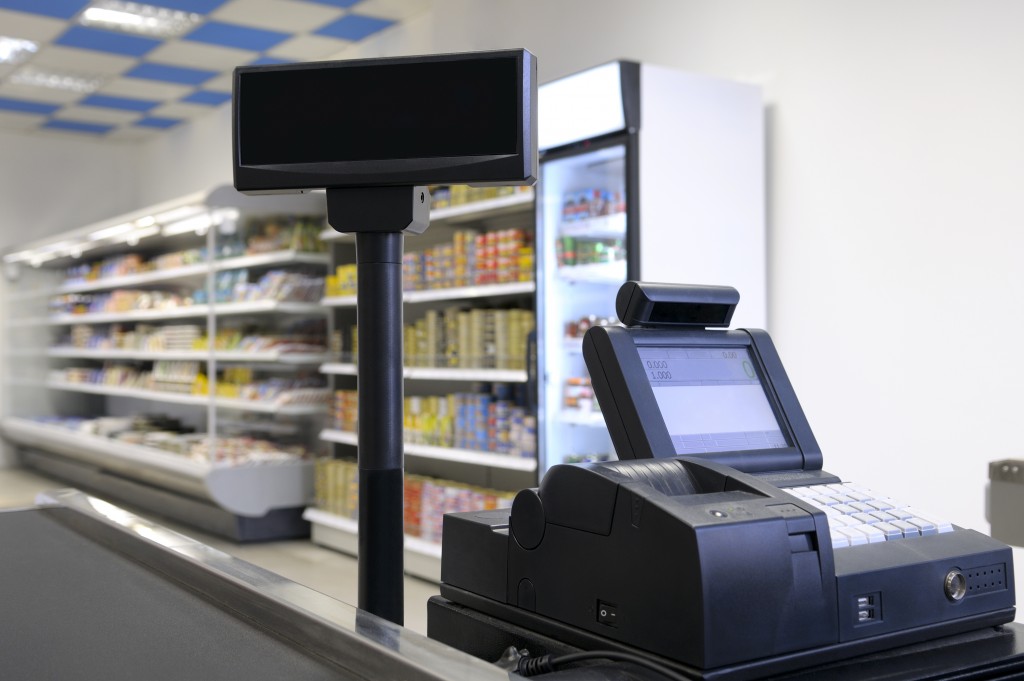As a small business owner, look for ways to expand your market and reach new customers. Shipping food products can be a great way to do this. Still, it’s important to take the time to ensure that your shipping process is well-planned and executed to avoid any issues. We’ll share tips on how to successfully ship food products so that you can get started on expanding your business.
Choose the Right Packaging
The type of packaging you use is very important when it comes to shipping food products. You’ll need to ensure that your packaging can keep the food fresh and free from contamination. There are several types of packaging that you can use when shipping food products. Some of the most common include:
- Tubs and trays: Ideal for shipping products that must be kept cold or frozen. They can help maintain the food’s temperature and keep it from becoming contaminated. These can be used for meat, poultry, and seafood.
- Pouches: Great option for shipping small items like snacks or individual meals. They are lightweight and take up minimal space, making them a good choice for small businesses.
- Bags: These are versatile options that can be used for both wet and dry food products. They are also moisture and vapor-resistant, making them a good choice for perishable items. Bags used for packaging are usually made of plastic, foil, or paper.
- Crates and boxes: Ideal for shipping large quantities of food products. They protect from damage and help to keep the food safe during transit. You can use this when shipping food items like canned goods, cereals, and pasta.
If you’re looking for a way to save time and money, consider outsourcing your packaging material. They can also help you with labeling and shipping logistics, so you can focus on preparing your food product for shipment.
Make Sure Your Label and Weight are Accurate
It’s important that your labeling is accurate to avoid any issues with customs or other authorities. Be sure to include all required information, such as the country of origin, contents, and weight. Be careful in putting labels such as “healthy” or “organic,” especially if your product doesn’t meet the requirements for these terms. Consider using a barcode to make it easier to track your shipment.
It’s also important to ensure that the weight is accurate. This is especially important when sending products overseas, as customs officials will often weigh the packages to ensure that the correct taxes and duties are paid. If the weight is inaccurate, it can delay your shipment and cause headaches for your business.
To avoid this, use a scale to weigh your products before packaging them. This will ensure that the weight is accurate and that you won’t encounter any problems with customs. Additionally, keep a record of each product’s weight so you can easily track your shipments.

Use an Insulated Shipping Container
Insulated shipping containers are essential for keeping food items fresh during transit. This is especially important if your products are perishable or need to be kept at a certain temperature. There are several types of insulated shipping containers that you can use, depending on your needs. Some of the most common include:
- Coolers: Ideal for products that need to be kept cool, such as dairy products, meat, and seafood.
- Freezers: Necessary for products such as ice cream and frozen meals.
- Heated containers: These are designed to keep food warm during transit. They can be used for items like hot soup or chili.
Coolers are a good option for small businesses shipping products that need to be kept cold for a short period. They are lightweight and take up minimal space, making them a good choice for businesses that are limited in terms of resources.
Use Frozen Gel Packs
Frozen gel packs are a great way to keep perishable items cool during transit. Place the gel packs in the bottom of the shipping container and then top them with your food items. The gel packs will help keep the food cold and prevent it from spoiling during transit.
Frozen gel packs are not a good choice for long shipping times as they only remain cold for 24-36 hours. Frozen gel packs are cost-effective for businesses delivering in a local area instead of buying a larger insulated shipping container that may not be needed.
If you want to grow your business by shipping food products, take the time to plan and execute your shipping process correctly. By following the tips above, you can ensure that your food items arrive fresh and unbroken at their final destination.

